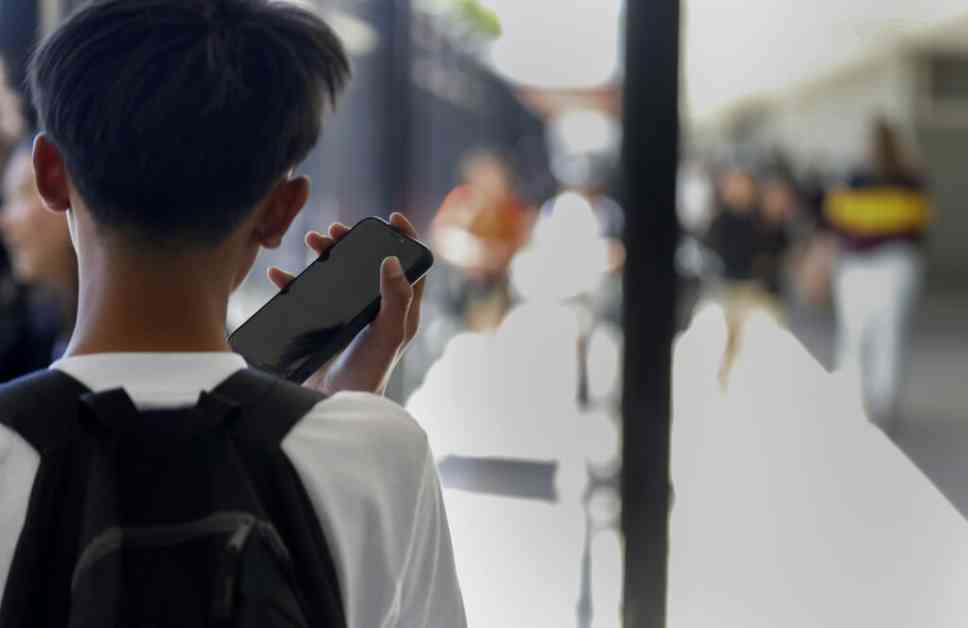California Legislates on Limiting Student Cellphone Use in Schools
In a move to address the growing concerns around smartphone use in schools, California state legislators recently passed a bill that requires school districts to implement policies restricting student cellphone use during school hours. The bill, known as Assembly Bill 3216 and renamed the Phone-Free School Act, aims to combat distractions, academic dishonesty, cyberbullying, and mental health issues associated with excessive smartphone use among students.
The bipartisan group of Assembly members behind the Phone-Free School Act, including Republican Josh Hoover and Democrats Josh Lowenthal and Al Muratsuchi, emphasized the negative impact of smartphones in classrooms on students’ academic performance. They pointed to studies showing a correlation between smartphone use and lower academic achievement, as well as increased rates of cyberbullying and academic dishonesty. In light of California’s academic performance compared to other states, the legislators saw the need for intervention to address these issues.
Growing Trend in School Cellphone Bans
California’s Phone-Free School Act aligns with a broader trend across the country, as states, school districts, and individual schools increasingly implement bans on cellphones, smartwatches, and other personal devices on campuses. At least five other states, including Florida, Indiana, Louisiana, South Carolina, and Ohio, have similar laws in place to restrict student cellphone use during school hours.
Governor Gavin Newsom has signaled his support for the legislation, urging school district leaders to take immediate action to limit cellphone use this school year. The governor highlighted the negative impact of excessive smartphone use on children’s mental health, citing increased levels of anxiety, depression, and addiction to devices. Research conducted during the pandemic school closures revealed a significant rise in recreational screen time among students, raising concerns about smartphone addiction.
Implementing Cellphone Policies in Schools
The Phone-Free School Act allows school districts to develop and enforce policies that restrict student access to smartphones during school hours. While some schools opt for phone bans that require students to check their devices into designated storage areas or locked pouches, others may confiscate phones until the end of the school day if students violate the rules. The legislation provides exemptions for emergency situations, medical needs, special education programs, and permission from school staff.
To ensure that cellphone policies are responsive to the needs of students, teachers, and parents, the legislation mandates “significant stakeholder participation” in the policy development process. School districts are required to update their cellphone policies every five years to reflect changing needs and technologies. While implementing these policies may incur costs for school districts, the state analysis of the legislation suggests that reimbursement by the state could be possible due to it being a state mandate.
In conclusion, California’s Phone-Free School Act represents a significant step towards addressing the challenges posed by smartphone use in K-12 campuses. By restricting student cellphone use during school hours and promoting a more focused learning environment, the legislation aims to enhance academic performance, reduce distractions, combat cyberbullying, and prioritize student well-being. As schools across the state prepare to implement these policies, stakeholders will play a crucial role in shaping the future of cellphone use in educational settings.
